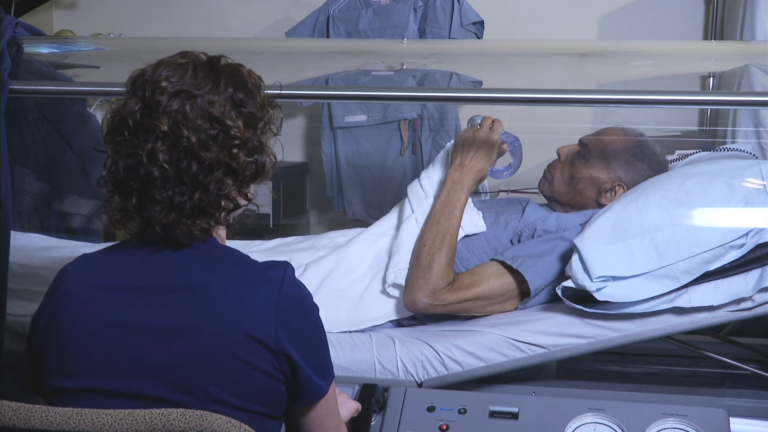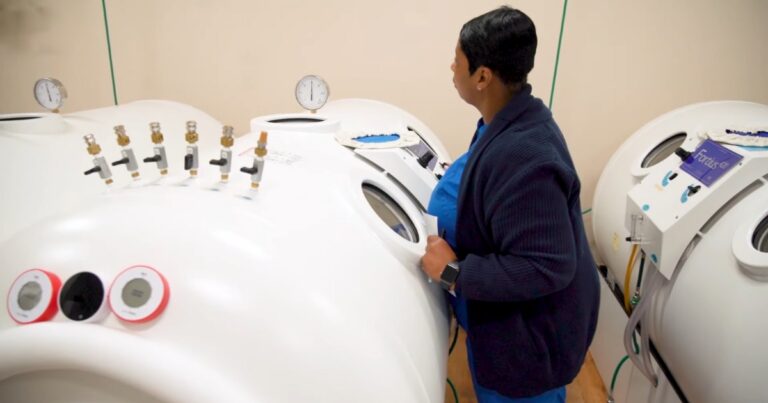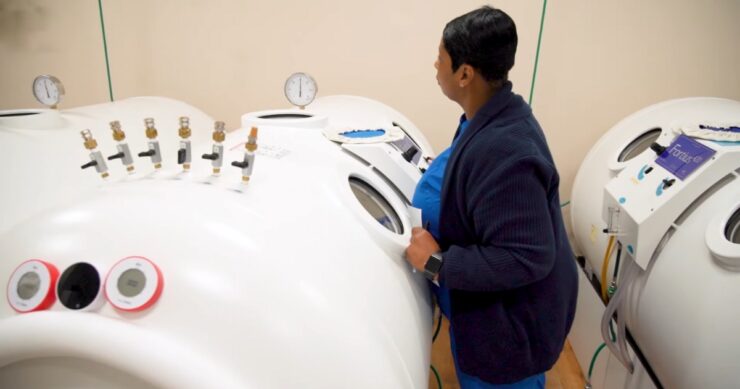Hyperbaric Oxygen Therapy (HBOT) is a fascinating medical treatment that offers benefits for various health conditions. This therapy involves breathing pure oxygen in a pressurized room or chamber. It’s crucial for individuals considering this treatment to understand not just its benefits but also the duration of its effects.
This blog post discusses six key aspects you should know about the longevity of HBOT’s effects.
1. The Basics of Hyperbaric Oxygen Therapy
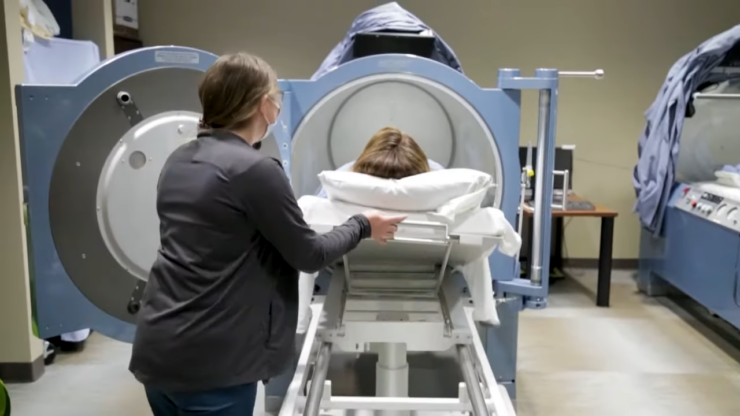
Hyperbaric Oxygen Therapy operates on a simple yet profound principle: increasing atmospheric pressure allows your body to absorb more oxygen. Normally, oxygen is transported throughout the body only by red blood cells.
However, under increased pressure, oxygen dissolves into all body fluids, significantly improving its delivery to tissues and organs. For a deeper insight into the technology and capabilities of Hyperbaric Oxygen Therapy chambers, consider exploring https://oxyhelp.com.
How HBOT is Administered
This treatment is typically administered in a specialized chamber, where patients breathe 100% oxygen at pressures higher than the usual atmospheric pressure at sea level. These sessions can last from 30 minutes to two hours, depending on the condition being treated.
Conditions Treated with HBOT
HBOT has been approved for various medical conditions, including decompression sickness, serious infections, bubbles of air in your blood vessels, and wounds that won’t heal as a result of diabetes or radiation injury. Its versatility in treating diverse health issues makes it a valuable therapeutic tool.
2. Immediate Effects
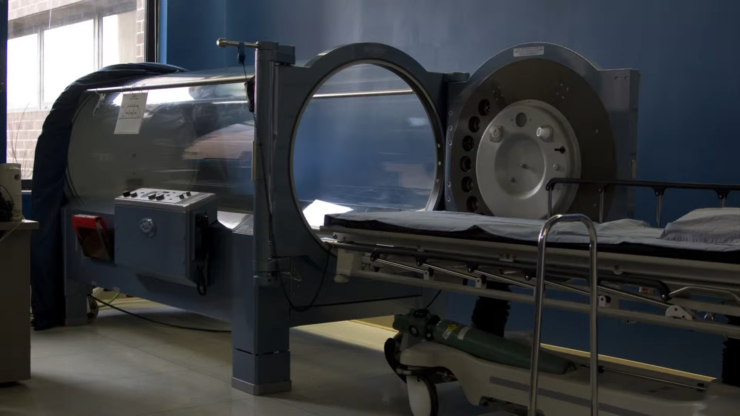
Immediately following an HBOT session, patients often experience enhanced oxygenation of their tissues. This immediate effect is due to the high levels of oxygen absorbed by the body’s fluids and tissues, improving cellular function and aiding in healing processes.
Reduction in Inflammation
Another immediate effect is the reduction of inflammation. By enhancing oxygen delivery, HBOT helps to reduce swelling and pain, especially in conditions like chronic wounds and infections.
Neurological Benefits
For patients with neurological conditions, immediate effects can include improved cognitive function and reduced symptoms. This immediate response is particularly significant in stroke recovery and traumatic brain injuries.
3. Long-Term Effects
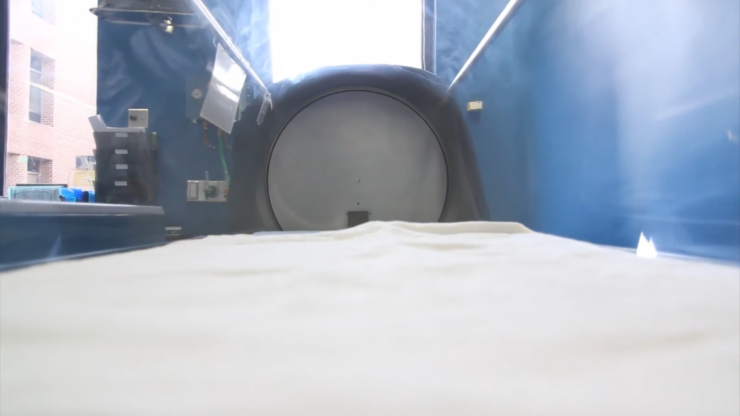
One of the most notable long-term effects of HBOT is enhanced wound healing and tissue repair. This is particularly beneficial for patients with chronic wounds, where improved oxygenation helps in faster and more effective healing.
If you or someone you know has experienced an acid injury, like Katie Piper, and is considering hyperbaric oxygen therapy, it’s crucial to consult with medical professionals who can assess the specific case and provide guidance on the most appropriate treatment options.
Neuroplasticity and Brain Health
Long-term benefits of HBOT in neurological conditions are due to enhanced neuroplasticity. The increased oxygen supply promotes the repair and regeneration of nerve cells, potentially leading to long-lasting improvements in brain function.
Immune System Enhancement
Regular HBOT sessions can lead to an improved immune response. By enhancing the body’s natural defense mechanisms, HBOT aids in long-term health maintenance, especially in individuals with compromised immune systems.
4. Factors Influencing the Duration of HBOT Effects
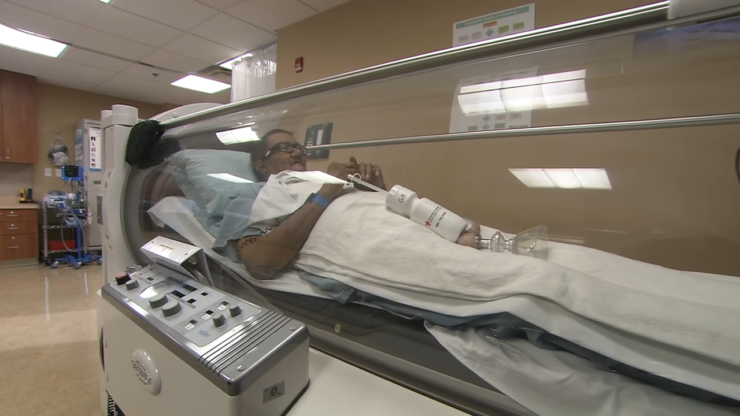
The duration of HBOT’s effects is significantly influenced by the frequency and total number of sessions. More chronic or severe conditions may require more sessions for sustained benefits.
Individual Health Conditions
Individual health conditions play a crucial role in determining how long the effects last. Conditions like chronic wounds may show longer-lasting results compared to acute conditions.
Lifestyle Factors
Lifestyle factors, including diet, exercise, and smoking habits, can also impact the longevity of HBOT effects. A healthier lifestyle tends to enhance and prolong the benefits of the therapy.
5. Research and Studies on HBOT Efficacy
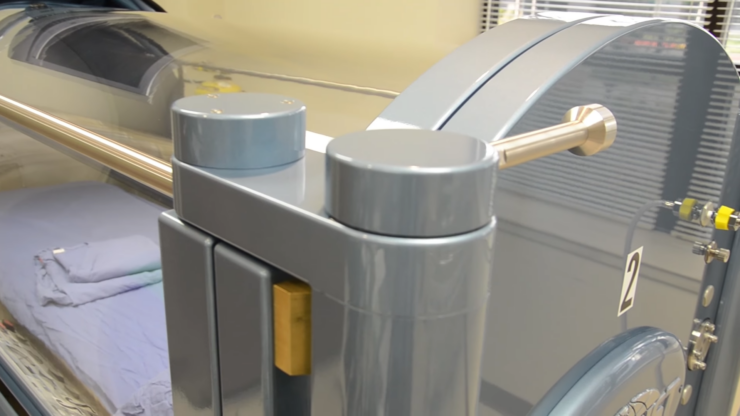
Numerous studies have demonstrated the efficacy of HBOT in treating chronic wounds, with results showing improved healing rates and reduced infection risks.
Neurological Research
Research in neurological fields has shown promising results, especially in the areas of stroke recovery and brain injury. Studies indicate that HBOT can lead to significant long-term improvements in brain function.
Immune System Research
Emerging research suggests that HBOT can enhance the immune response, making it a potential adjunct therapy for immune-compromised individuals.
6. Potential Side Effects and Risks
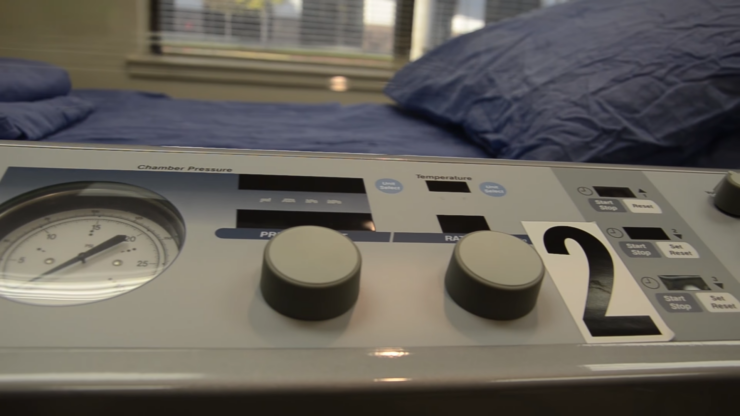
While HBOT is generally safe, common side effects can include ear pressure, sinus discomfort, and temporary vision changes. These are typically mild and resolve shortly after the treatment.
Serious Risks
Serious risks, though rare, can include oxygen toxicity and barotrauma. It’s essential for the therapy to be conducted under medical supervision to mitigate these risks.
Precautionary Measures
Patients are advised to discuss their medical history with their healthcare provider before starting HBOT to ensure it’s safe for them, especially if they have certain lung or heart conditions.
Maximizing the Benefits
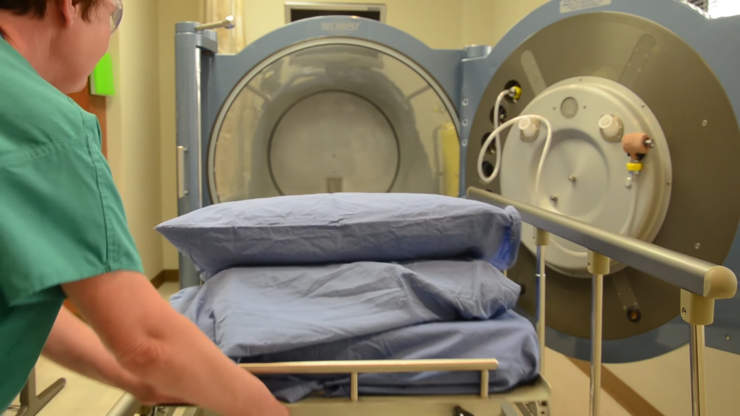
To maximize the benefits, patients should adhere to the prescribed treatment protocols, including the number of sessions and duration.
Integrating Lifestyle Changes
Incorporating healthy lifestyle changes can enhance the effects of HBOT. A balanced diet, regular exercise, and avoiding smoking can significantly contribute to better outcomes.
Continuous Monitoring and Follow-Up
Continuous monitoring and follow-up with healthcare providers are crucial for evaluating the effectiveness of the treatment and making any necessary adjustments.
Comparison with Other Therapies
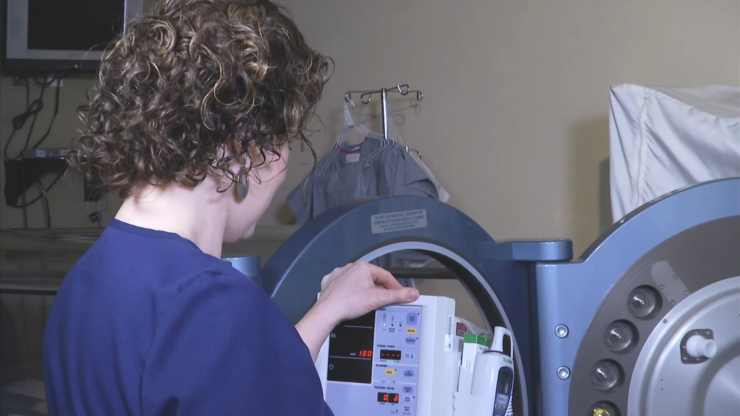
HBOT vs Traditional Wound Care
In comparison to traditional wound care, HBOT offers a unique advantage in treating non-healing wounds. Traditional methods primarily focus on external care, whereas HBOT enhances healing from within by improving oxygenation at the cellular level.
Comparison with Neurological Therapies
In the field of neurology, HBOT is often compared with conventional rehabilitation therapies. While traditional therapies focus on retraining the body and mind, HBOT can potentially aid in the recovery process by enhancing brain oxygenation and promoting cell regeneration.
Integration with Other Medical Treatments
HBOT is not a standalone treatment but is often used in conjunction with other medical therapies. Its ability to enhance oxygen delivery makes it a valuable adjunct therapy, potentially improving the efficacy of other treatments.
Future of Hyperbaric Oxygen Therapy

Ongoing Research
The future of HBOT looks promising, with ongoing research exploring its potential in treating a wider range of conditions, including emerging research in areas like neurodegenerative diseases and mental health.
Technological Advancements
Advancements in technology may lead to more effective and accessible HBOT treatments. This includes the development of more advanced hyperbaric chambers and better protocols for treatment customization.
Potential in Personalized Medicine
HBOT holds potential in the field of personalized medicine. Future research could lead to tailored HBOT protocols based on individual patient characteristics, maximizing the therapy’s efficacy.
Final Words
The effects of Hyperbaric Oxygen Therapy (HBOT) range from immediate to long-term, influenced by the treated condition, session frequency, and personal health and lifestyle. Although HBOT is beneficial for various medical issues, it’s crucial to recognize its risks and the importance of professional medical oversight.
As research continues to evolve, HBOT remains a fascinating area of medical science with much potential for enhancing patient care and recovery.

